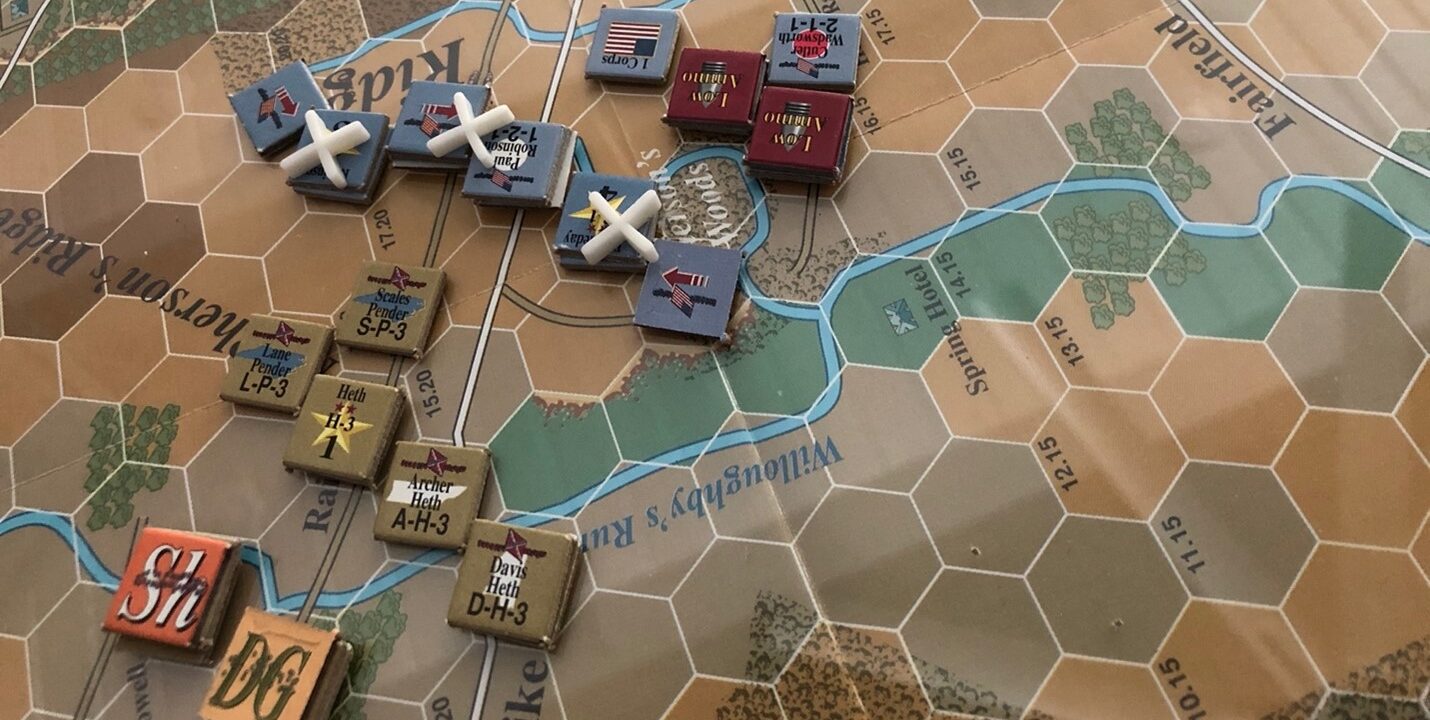This post comes from SDHistCon board member Pratik Multani.
Some four years ago, I discovered BoardGameGeek. Until then, my online sources of information and conversation were confined to those two wargaming mainstays: Consimworld and Grognard.com. But BGG opened me up to the broader world of board gaming, and with it, the rabbit hole of “blinging out” your game.
No surprise, I jumped headfirst down that hole, but with the objective of “blinging out your wargame!” I would therefore like to pass on the benefits of my research and product testing to highlight some totally unnecessary but very helpful accoutrements that might enhance your wargaming experience.
Now I’m not going to cover the tools that have become almost a requirement for play in the world of paper maps and large counter stacks: plexiglass (or poster frames for single map games) and tweezers. With respect to the former, I just go with whatever my local hardware store sells, although I’ve read good things about polycarbonate sheets.
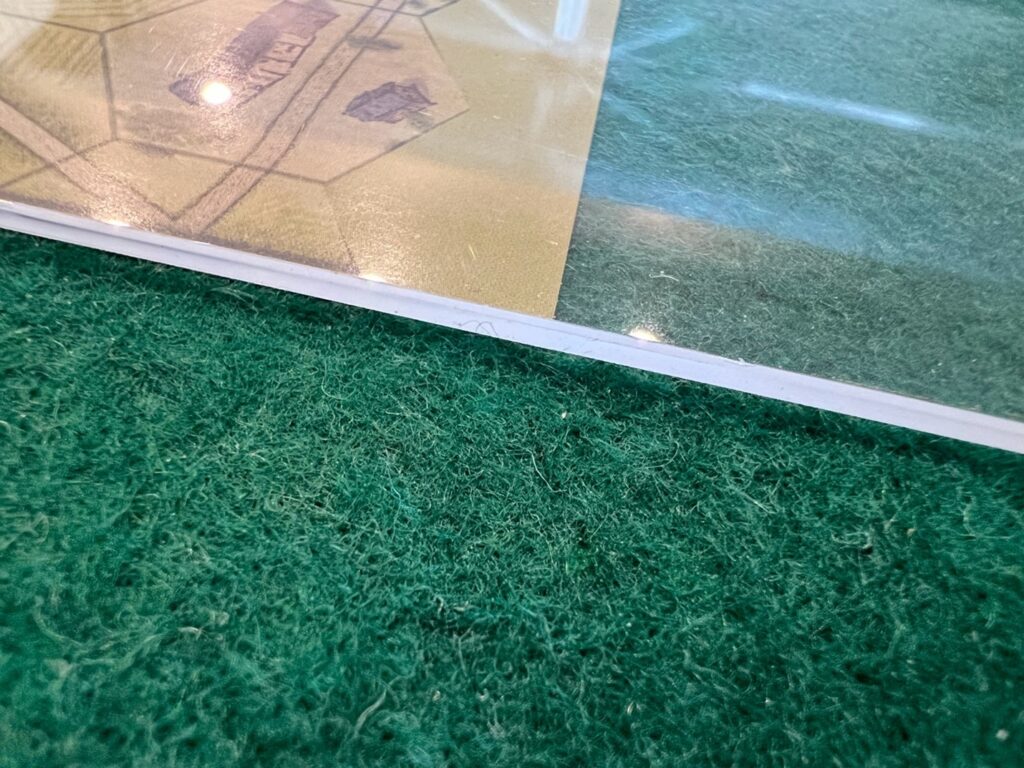
One thing I can offer, however, is a safe way to “tape” maps together, since they invariably shift as you lay down the plexiglass: barrier film. These clear plastic sheets are just tacky enough to keep two maps together without any fear of ripping them upon removal.
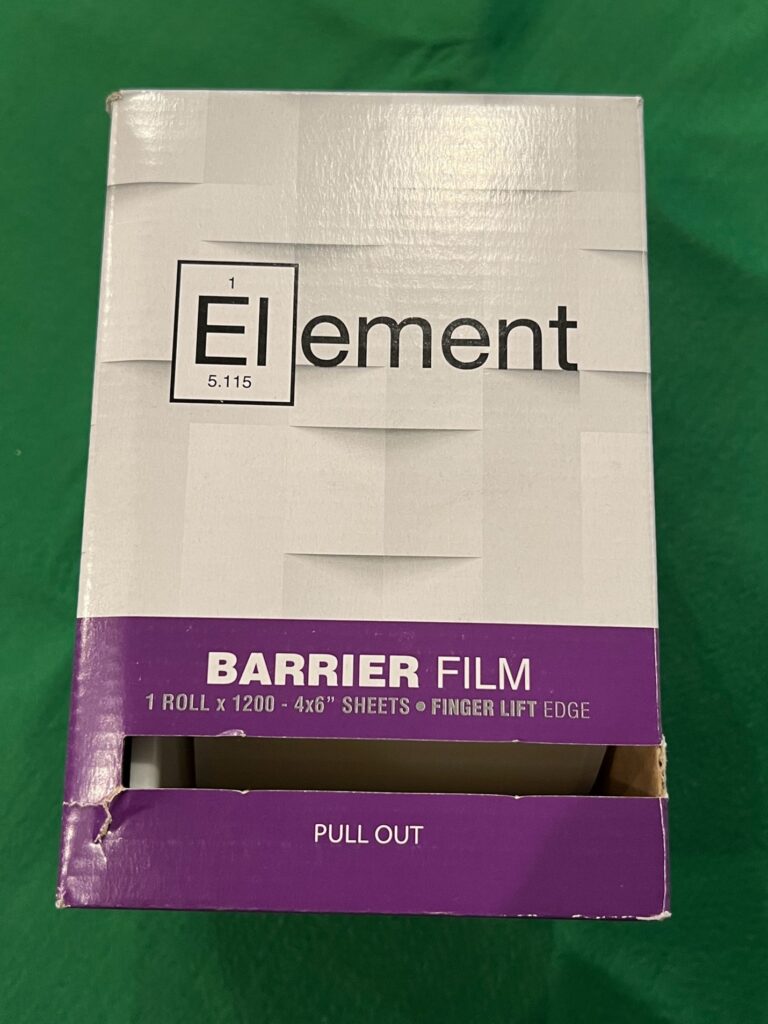
In terms of tweezers, I know many wargamers make do without. But I’ve been using them for decades, and I’ve accumulated quite a few over the years. Most can be found with a quick online search but this place has a good selection of surgical-grade implements if you’re so inclined.
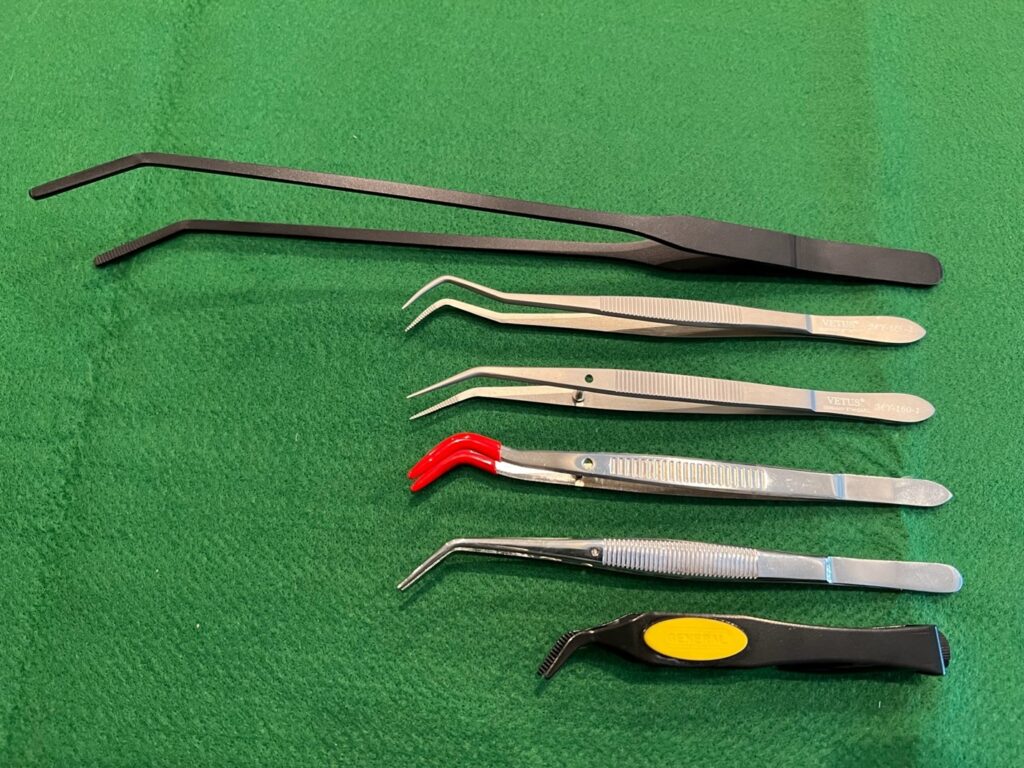
Beyond plexiglass and tweezers, I think most people have already figured out what sort of dice rolling container they prefer, and whether they are counter clippers or not. I’m not going to wade into that hotbed of controversy and take a side on whether a 2.5 mm radius is better or 2.0 mm (less is more, in my opinion). You can figure out what works best for you. Finally, most people have a source for counter trays, but how about plastic bags?
Anyhow, let’s get to the Bling!
Markers
Now I believe it was The Gamers who made KT-X markers (aka tile spacers) a must-have wargame accessory, at least for their games.
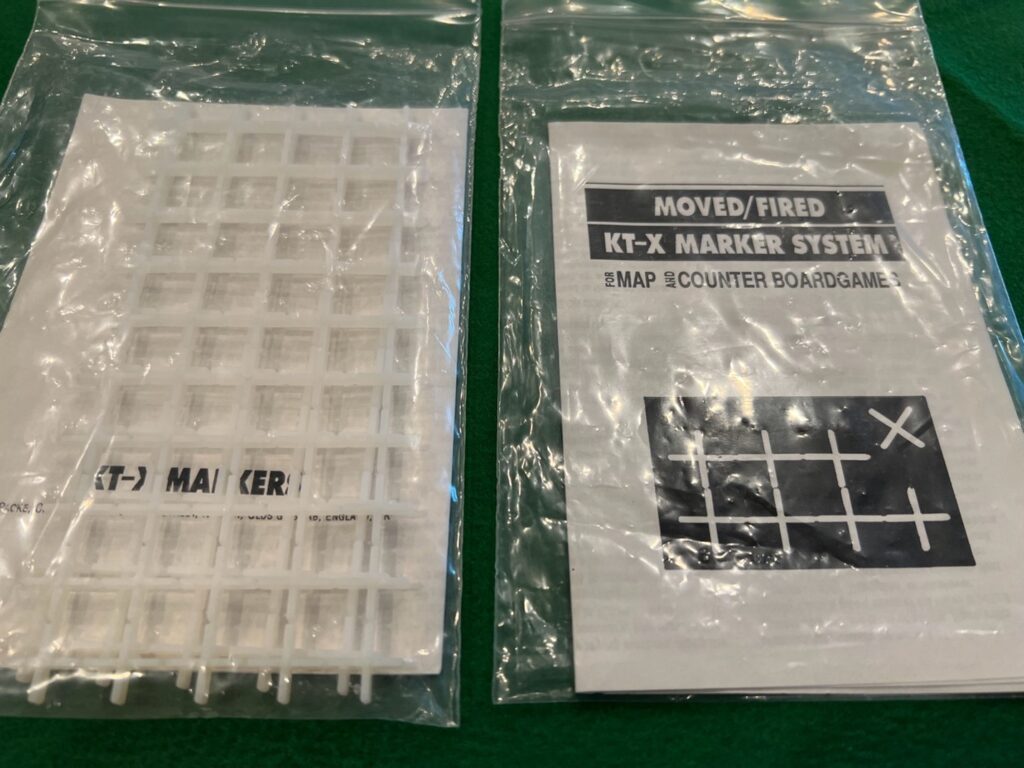
How else do you keep track of which units you’ve moved in some IGO-UGO monstrosity? These are also good for solo play, since you can walk away mid-movement phase, come back, and pick up where you left off.
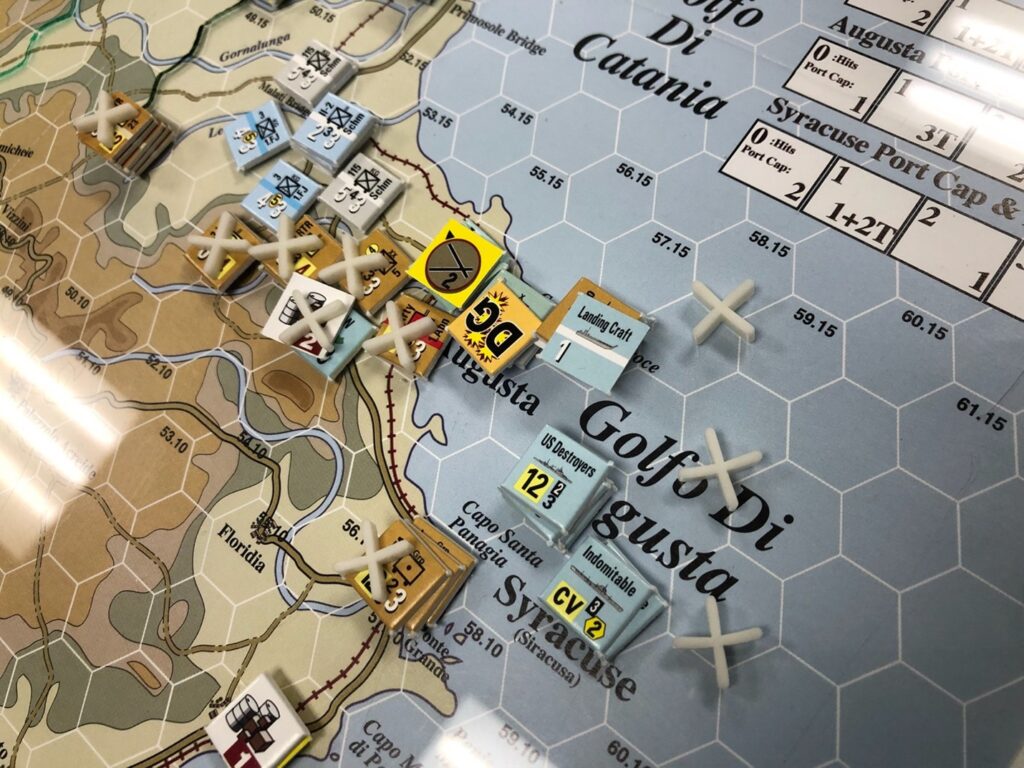
But sometimes you want to mark counters with more information. That’s where I’ve ventured into the world of arts & crafts and found these beauties.
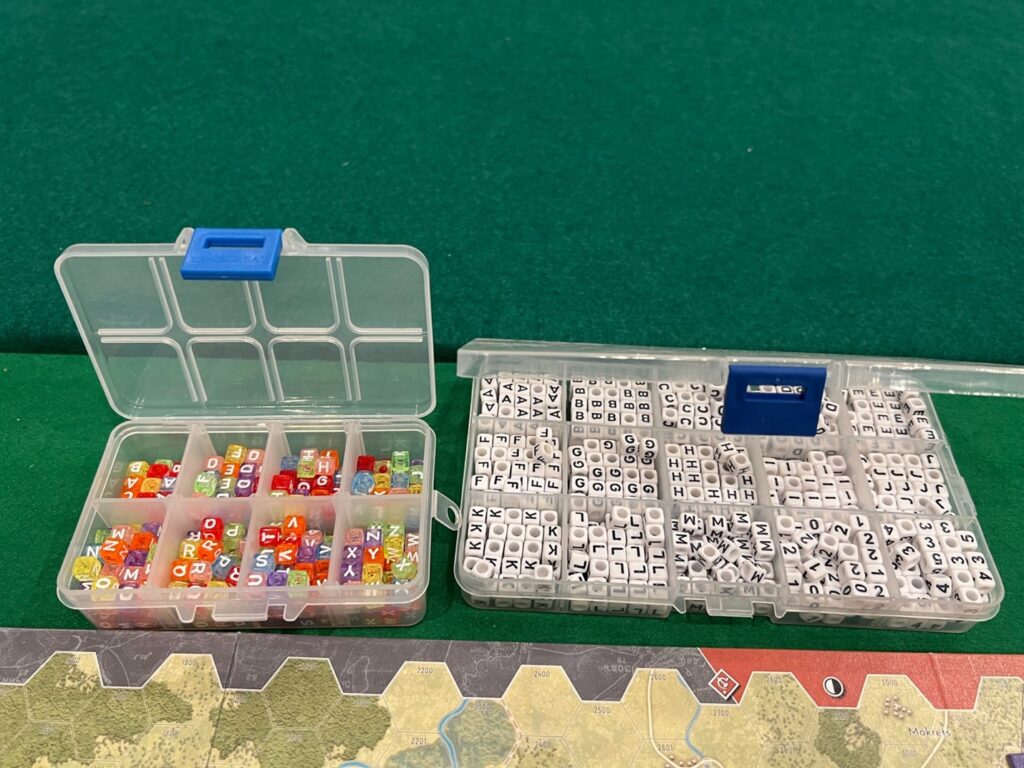
Wargames and counter stacks are synonymous, and even with games where stacking is minimal, informational counters are generally necessary. But then the informational counter hides the unit underneath, and you’re forever hunting around for your armored regiment to get the combined arms modifier with your infantry division. But with these lettered cubes, you can add info to your stacks without covering up the units underneath.
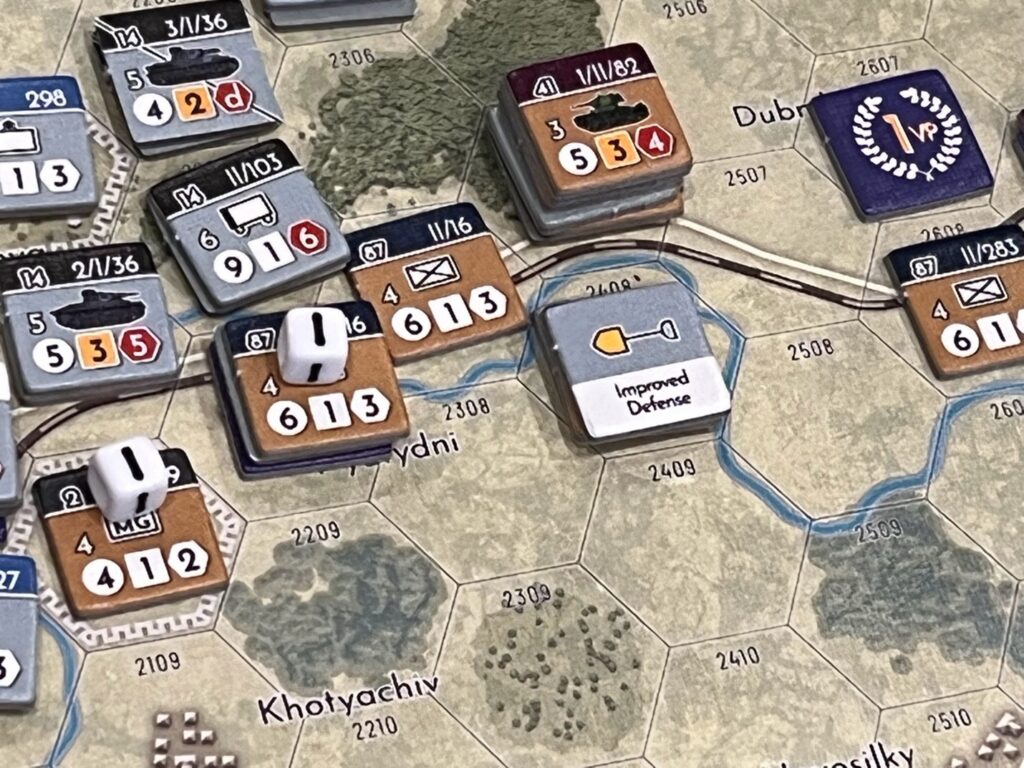
What would you rather have, an Improved Defense information counter that hides the actual combat unit or a little bead with the letter “I”? They also come in different colors!
Displays
What self-respecting wargame doesn’t have charts and tables? And with all those counters on the map, where do you lay down those charts so they’re within easy reach? You’ve already taken up too much space with that monster dice tower of yours. Well, if you’ve set up a home office since the pandemic, maybe you can expense some desk items that can do double-duty for your wargaming, such as this table top display or this page holder.
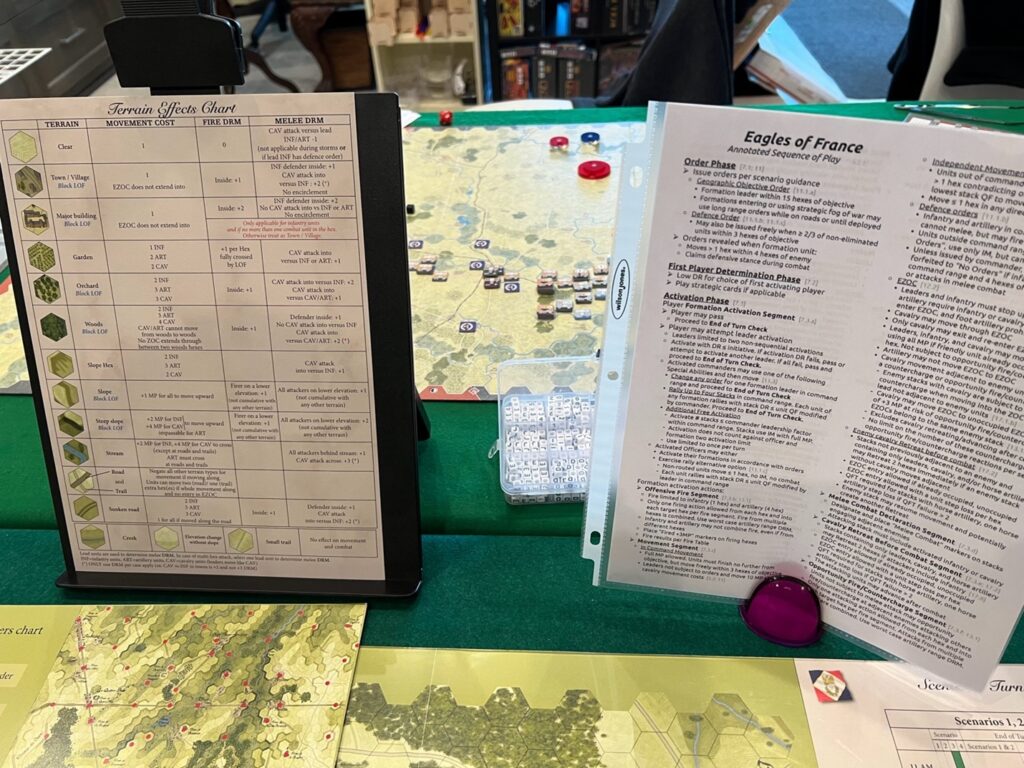
Or if you need something off to the side, nothing beats a music stand, especially if it has these wings to make it extra wide.
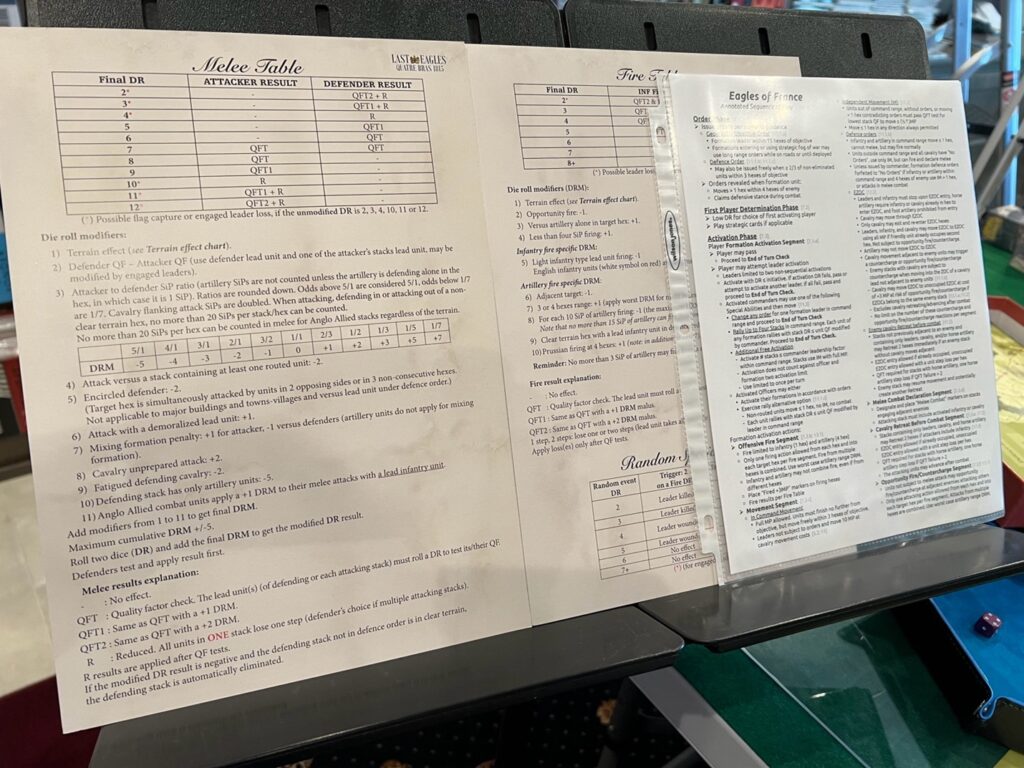
Finally, even with all the charts and tables within easy reach, you still may have trouble seeing the written word (or written CRT), in which case a handheld magnifying glass with LED light might be just the solution.
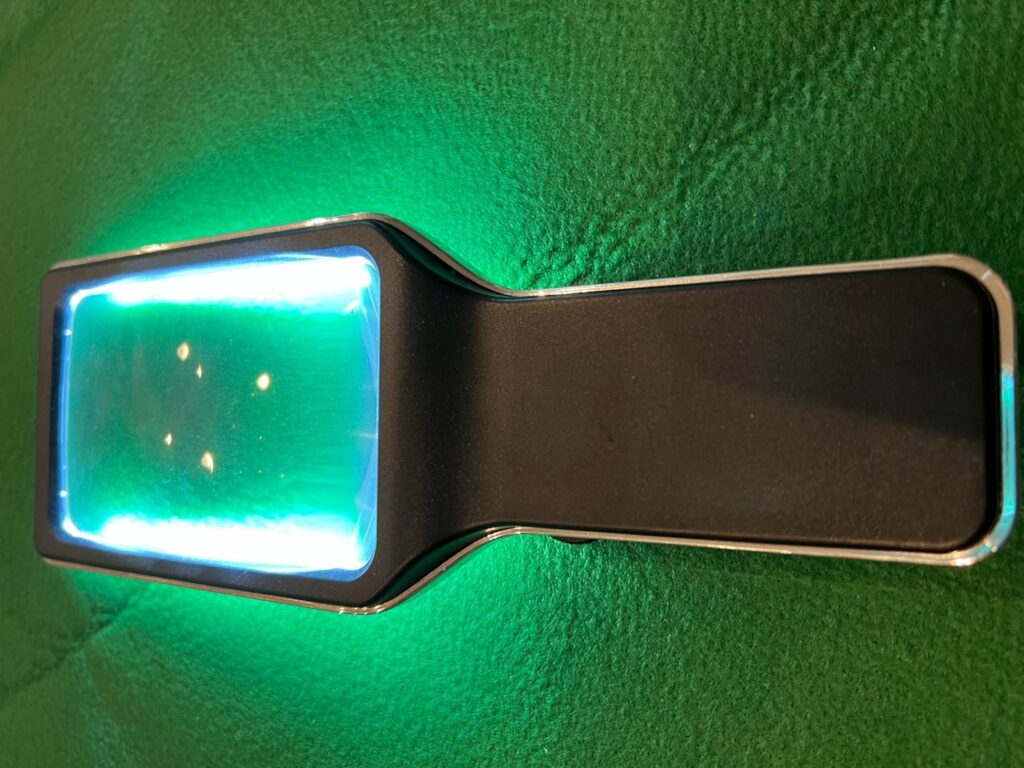
Trackers
Most wargamers aren’t afraid of a few calculations. It’s just simple math after all. Add a few factors, multiply a few numbers, take a ratio. But then you also may have die roll modifiers that add and subtract, with separate DRMs for attacker and defender, which then get subtracted at the end. Now you could go old school and use your fingers, but I prefer to turn to these simple tools. There’s a 0-100 version and a 0-10 version:
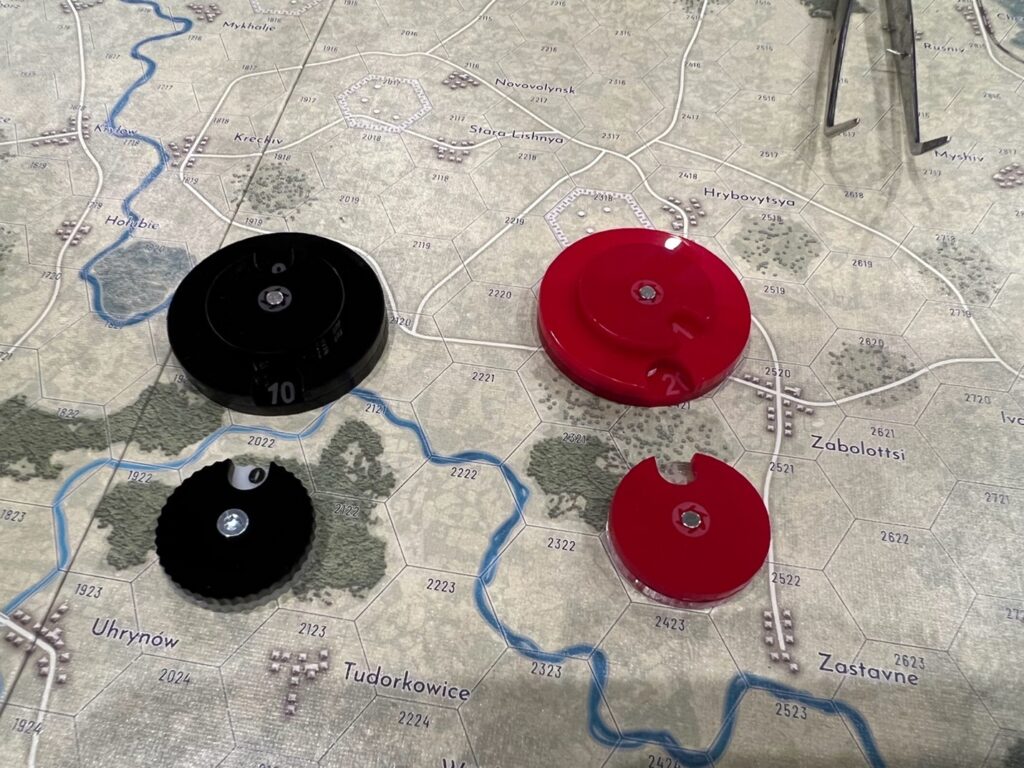
With these you can calculate the attack strength, dial it in and put it down, then do the same for the defender, and then come back and calculate your golden ratio without taxing your short-term memory. Same for the DRMs. What could be easier?
Containers
Finally, it goes without saying that wargames have lots of counters, or chits, that you need during a game. Sure, you have your counter tray, but sometimes you just need a few piles of the right counters within easy reach in something a bit more robust than a counter tray, which always seems to be on the verge of sending everything flying.
My solution has been these 3-D printed trays. There’s plenty of other sources or you can print your own if you have access to a 3-D printer.
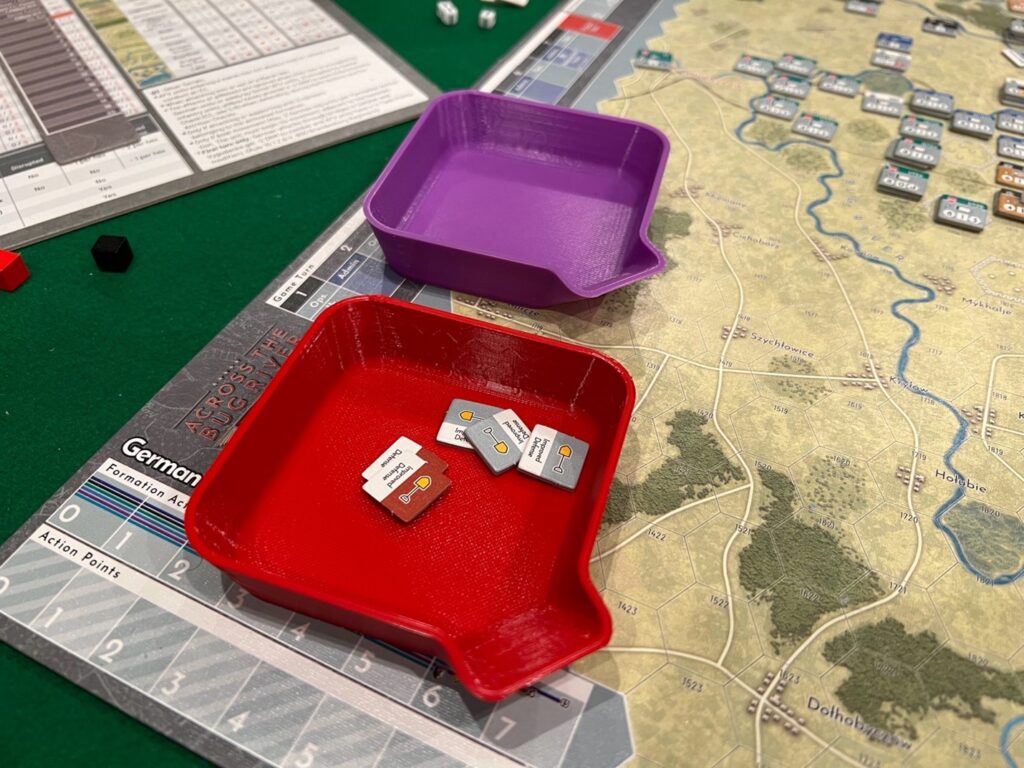
Alternatively, these crocheted bowls also fit the bill, are incredibly light, and easy to transport.
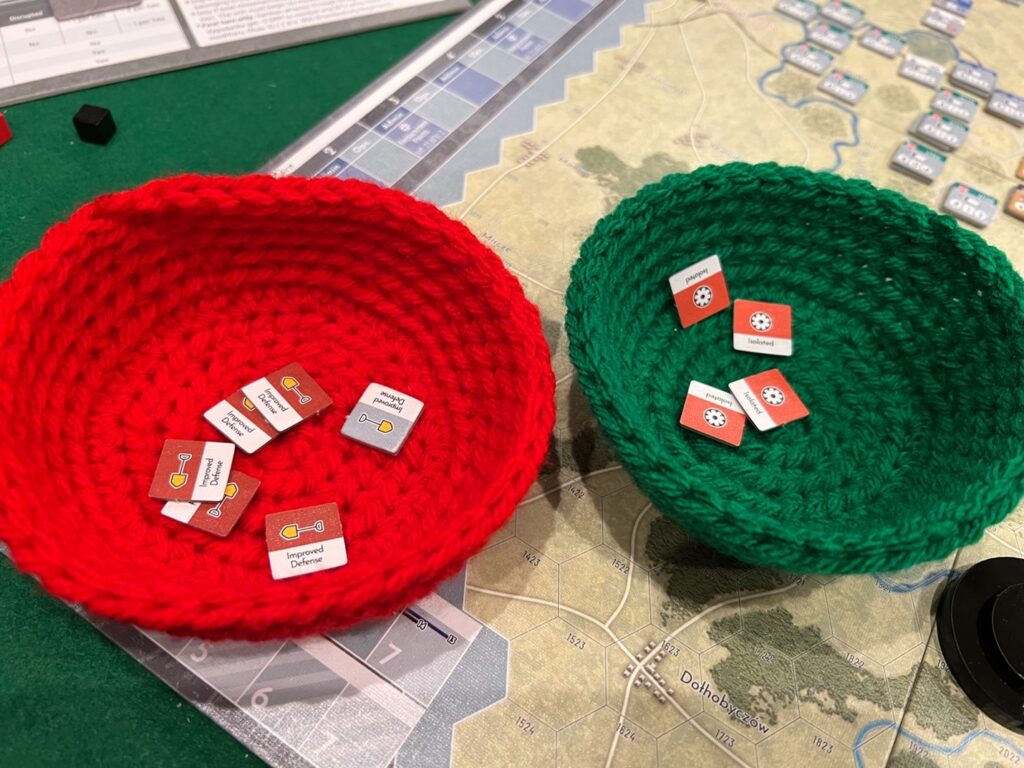
And speaking of chits, if chit pull is your thing, these two accessories can make pulling chits more ergonomic and more random without sacrificing the lifespan of those delicate little scraps of cardboard: a bag for your chits and coin capsules to protect them (I even found a source for square coin capsules!):

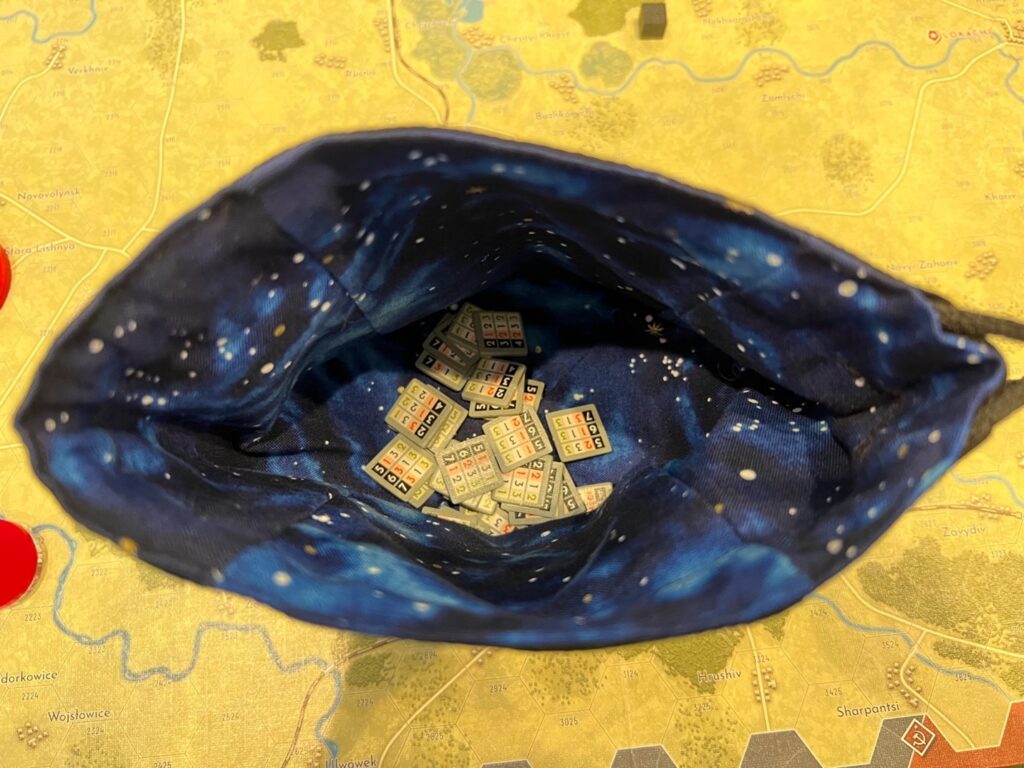

So that’s it. I’m sure I’ve left out your favorite wargame accessory. If I have, please send me your recommendations, and maybe I’ll have a Part Two to this topic. But hopefully with these ideas, you’ll be the envy of all your grognard pals at your next gaming session!
